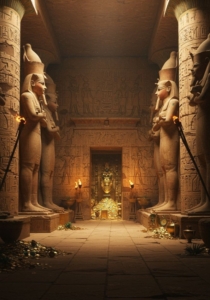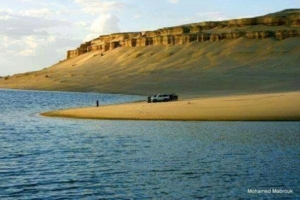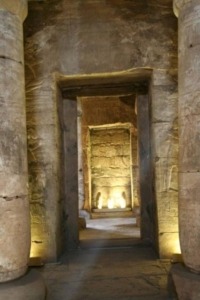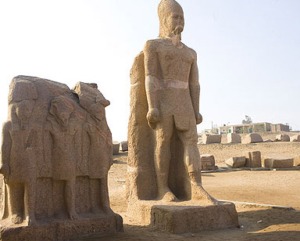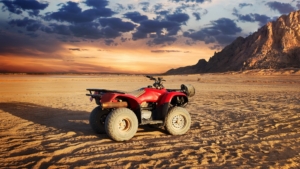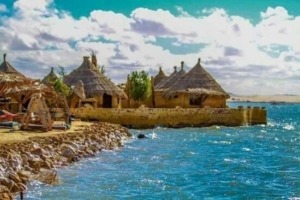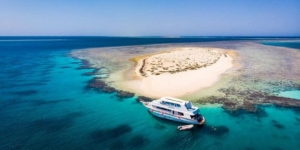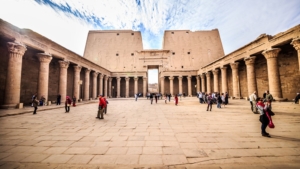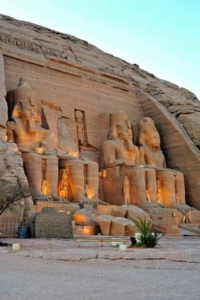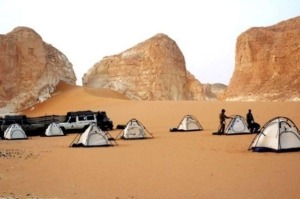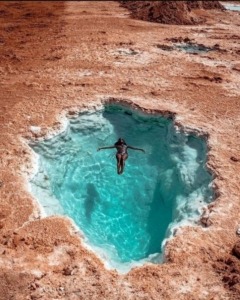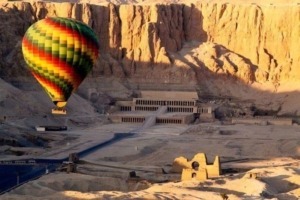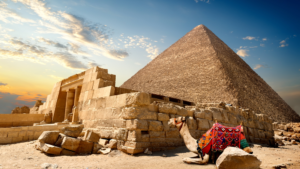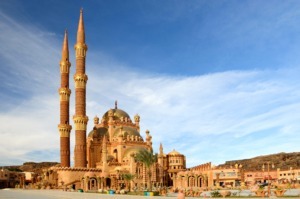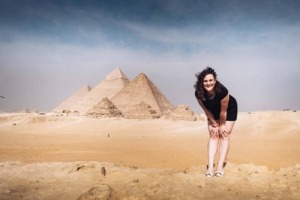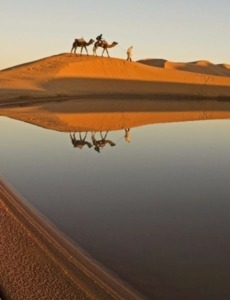10 Incredible Facts About the Pharaohs of Ancient Egypt
The legacy of (Ancient Egypt’s pharaohs) extends far beyond pyramids and hieroglyphs. These divine rulers shaped a civilization that still captivates the world today. But behind the grandeur of tombs and temples lies a world filled with lesser-known truths and fascinating rituals.
Whether you’re a history enthusiast or just curious about ancient royalty, here are 10 surprising facts that reveal what life was really like for Egypt’s legendary pharaohs.
1. Pharaohs Were Seen as Divine Beings, Not Just Rulers
In ancient Egyptian belief, the pharaoh was not merely a monarch — he was a living god on Earth, often identified with Horus, the sky deity. After death, he transformed into Osiris, lord of the underworld. This divine status made the pharaoh both a political leader and a sacred figure in the eyes of the people.
2. Egypt Had Female Pharaohs — And They Were Powerful
Although the throne was typically held by men, several women ruled as pharaohs, the most prominent being Hatshepsut. She reigned successfully for over 20 years, dressed in male attire, and even wore a symbolic false beard to assert her authority.
3. Royal Tombs Were Strategically Hidden — But Rarely Safe
To protect their wealth in the afterlife, many pharaohs chose to be buried in secret locations like the Valley of the Kings. Ironically, most of these tombs were discovered and looted—except for that of Tutankhamun, which remained untouched for more than 3,000 years.
4. Beauty and Image Were Part of Royal Duty
Pharaohs took grooming seriously. They regularly used kohl eyeliner, perfumed oils, and wigs as part of daily life. The iconic eye makeup served both as decoration and as a functional shield against sun glare and eye infections.
5. Royal Incest Was a Political Strategy
In an effort to preserve royal bloodlines, pharaohs often married their sisters or half-sisters. This practice was inspired by Egyptian mythology, where sibling gods like Osiris and Isis were also husband and wife.
6. The Word (Pharaoh) Meant More Than a Person
Originally, the term (pharaoh) was derived from the ancient Egyptian (per-aa), meaning (Great House), referring to the royal palace. Only later did it become synonymous with the ruler himself.
7. The Pyramids Were Built by Paid Workers — Not Slaves
Contrary to a common myth, the magnificent pyramids were not built by enslaved people, but by skilled laborers, architects, and craftsmen. These workers received wages, food, housing, and sometimes even burial near the pyramids they helped construct.
8. Gold Was the Material of Immortality
Pharaohs often went to the afterlife surrounded by treasures, but none as extravagant as the solid gold coffin of Tutankhamun, weighing over 110 kilograms. These items were believed to help the soul transition safely into the next world.
9. Solar Boats Were Built for the Journey After Death
Egyptians believed the pharaoh would journey through the heavens after death. Many were buried with massive solar boats, symbolic vessels that would carry them across the sky with the sun god Ra.
10. Tomb Curses Were Meant to Protect the Dead
Some pharaohs took extra precautions by inscribing protective curses on their tombs, warning intruders of divine retribution. Whether psychological deterrents or mystical threats, these curses added a chilling layer of mystery to ancient burial practices.
Conclusion: Pharaohs Beyond the Pyramids
Pharaohs were more than just rulers—they were god-kings, military strategists, cultural icons, and spiritual leaders. These lesser-known insights reveal the depth, power, and complexity of their world.
The next time you marvel at a pyramid or hieroglyph, remember: (behind every stone lies a story), and behind every pharaoh, a legacy that still echoes through time.
Discover more about Pharaohs secerts with Axatours
Get ready for the ultimate Egyptian adventure to the visit all the Pharaohs tombs and temples ! With Axatours, we take you on exclusive, expertly curated tours of Egypt, designed to immerse you in the heart of Egypt’s rich culture and history. Our experienced team will guide you every step of the way, ensuring an unforgettable journey. For more details and exclusive offers, click the link here and start planning your adventure!
Written by ATW July 2025.

